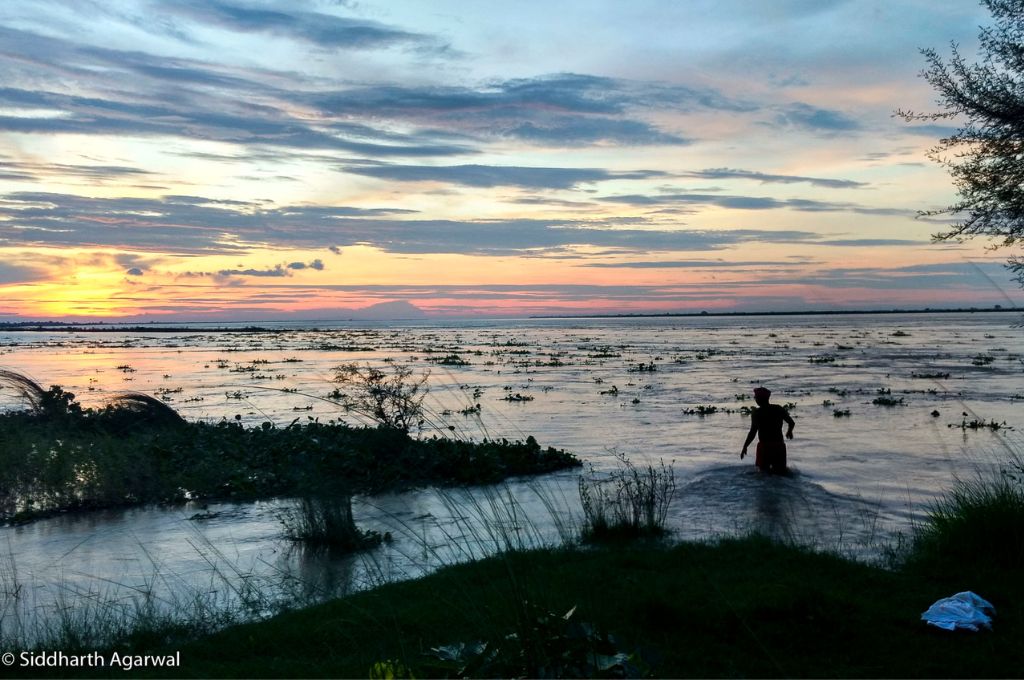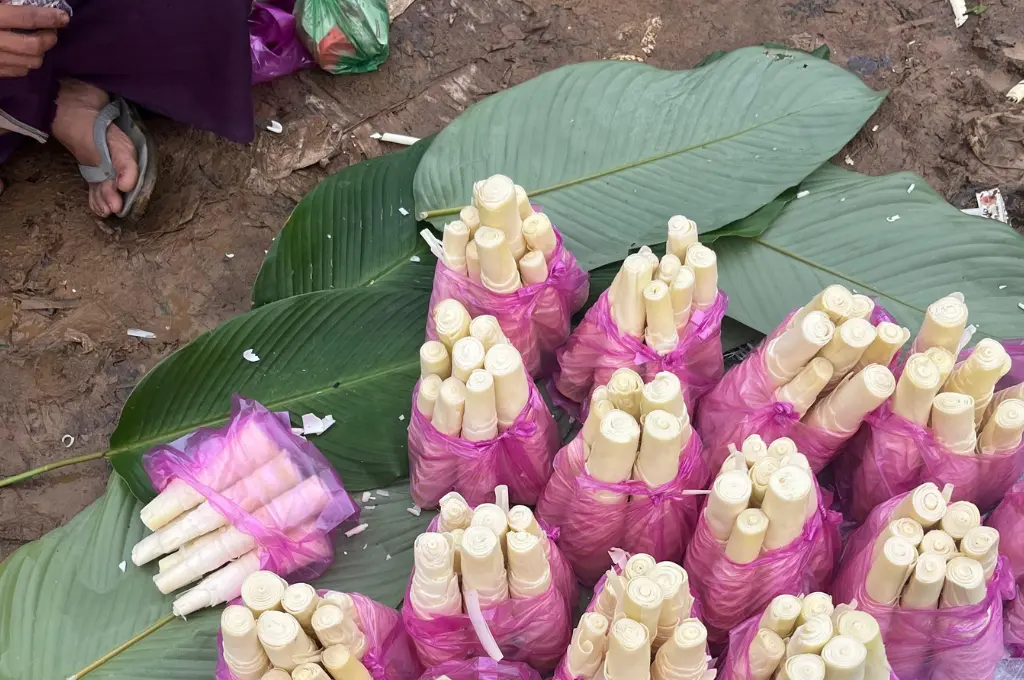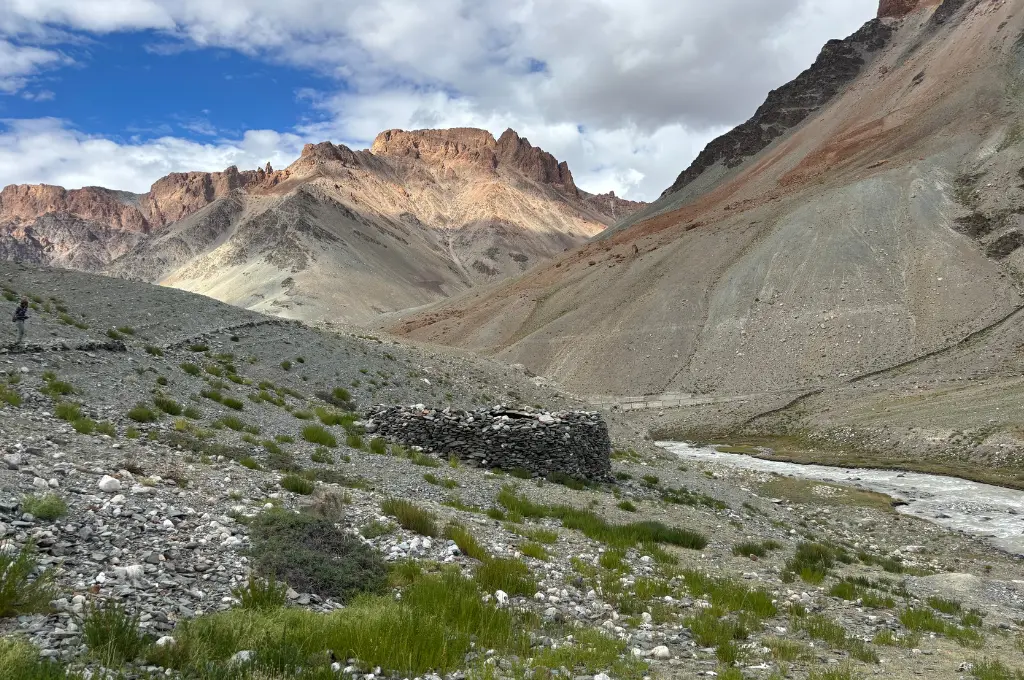READ THIS ARTICLE IN
Troubled waters in Bihar’s floodplains

Cautionary tales of floods have been passed down the generations among residents of Saidpur village. The village is located on the northern bank of river Ganga, in the doab (an area of land between two rivers that merge) of rivers Ganga and Kosi. People who reside near the riverbank have learned to refrain from constructing in hazard-prone areas as a precautionary measure against loss of life and property, and to reduce the potential impact of floods. While the silt brought down by the two rivers has made these parts fertile and densely populated, the recurring floods in the region have time and again showcased their potential of disrupting life at scale. The floods of 1996 stand out in the memory of those inhabiting this landscape.
However, there has been an increasing trend of construction in and near the floodplains, making them prone to flooding when the river reaches its full potential. Around the year 2000, embankments were raised along the rivers in these parts. These are artificial raised banks made of soil, sand, or stone that run parallel to the river, a method that became popular during colonial times to ensure that the rising water in the rivers does not enter fields and villages. Along with embankments, in many parts of India, barrages have been built on rivers to divert water to canals for irrigation purposes. These structures, however, are not foolproof, and incidents arising from failure in proper operation or breach of such structures can be catastrophic.
The introduction of infrastructure projects such as barrages have, over time, significantly changed the flow regimes of rivers. While we have seen multiple cases through the years that confirm this, there continues to be apathy towards this information. From the massive change in River Kosi’s course—further upstream from Saidpur—in 2008 to the annual breaches of embankments in many parts, news of floods in Bihar has become a somewhat annual affair.
But apart from flooding, these structures also modify traditional practices. Residents of Saidpur village recall a time before the presence of embankments, when the soil in these parts would be moist, enabling them to grow paddy. After the building of embankments, however, the soil has lost its moisture. Now, the residents have to rely on pump-based irrigation to grow wheat and maize. The lack of moisture has also meant an increase in labour for women, who form a large part of the agricultural workforce. Seasonally, they sit and break down clumps of soil formed due to the land drying up.
Climate change and erratic weather patterns are often considered to be leading causes for the devastation that floods leave behind. However, the rise of unregulated construction in floodplains along with infrastructural interventions such as barrages and embankments, without focusing on river science and community knowledge, is worsening the impact of floods and these ‘flood regulation’ structures. The state subsequently ends up spending hundreds of crores every year to repair these structures. Yet, solid action directed towards respecting the river’s behaviour is still absent. India needs to have stronger policies in place that enforce strict rules on encroachment and building in demarcated zones. Barrages and embankments should be properly regulated and maintained, and construction in floodplains—even to deter floods—must be scientifically accurate and well planned in consultation with the communities living along these floodplains.
Siddharth Agarwal has been walking along rivers in India for the past 7 years. He is the founder of Veditum India Foundation, a nonprofit research, media and action organisation.
—
Know more: Read this article to learn more about the impact of floods on farmers in Assam.
Do more: Connect with the author at asid@veditum.org to learn more about and support his work.




